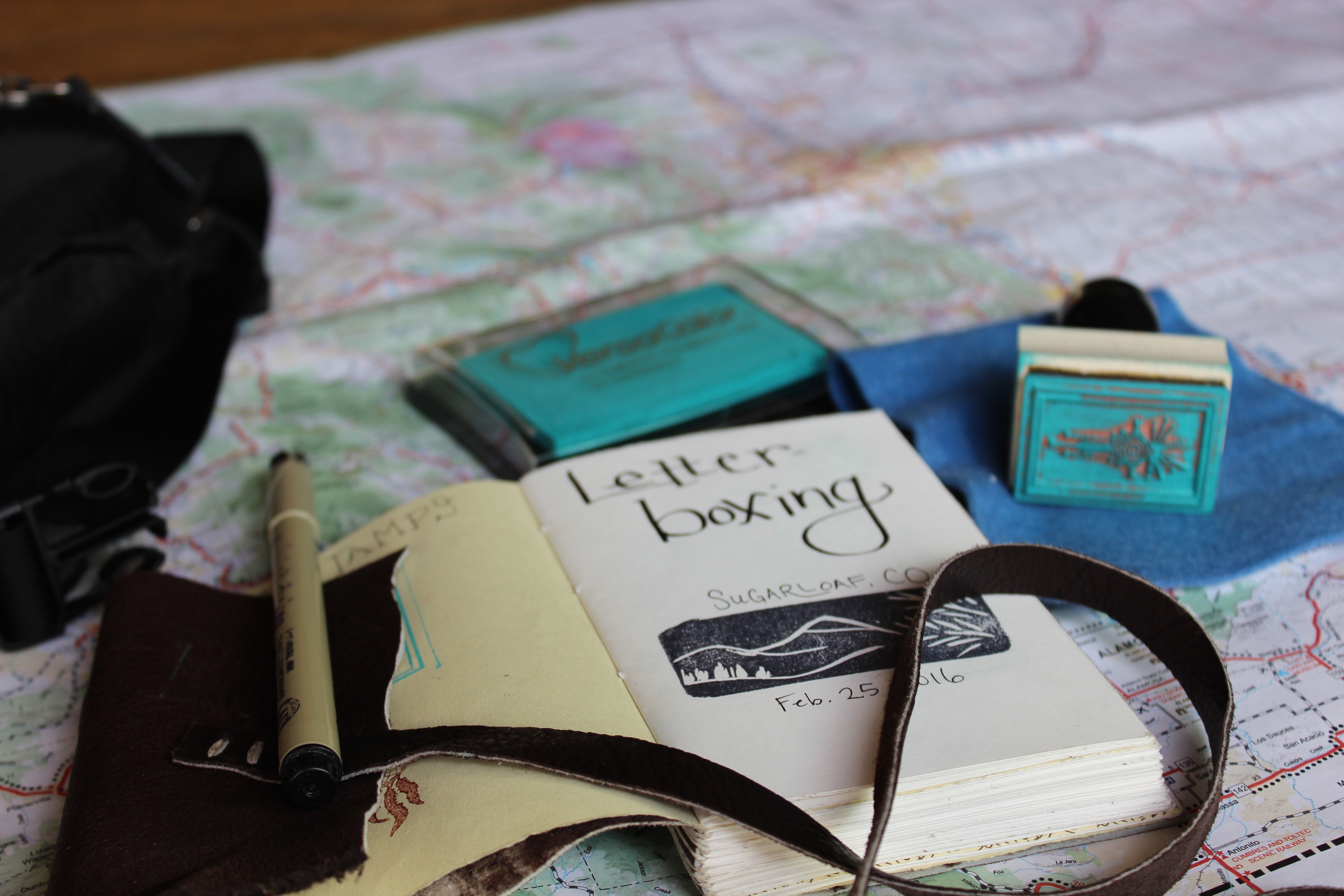
That is why the second guideline is leave no trace. Because the majority of boxes are hidden in outdoor locations, it became necessary to agree on a few terms to finding one so that the authorities of the outdoor locations (Parks Service, Forest Service, etc.) could allow the hobby to continue without worrying about graffiti, vandalism or environmental abuse. In the early days of letterboxing in England, participants almost ruined the fun for everyone by disrespecting the environment in order to find the boxes. Part of the magic is feeling like you are part of an exclusive club, and the only way to perpetuate letterboxing is to make sure the boxes remain hidden for as long as possible.Ģ. Letterboxing is kind of like Fight Club in that you don’t want others to know what you are doing. If someone happens to walk by the advice given on the Atlas Quest website is to “be creative” with your explanation. Take the box away from the hiding location to stamp. While searching and subsequently stamping it is essential to be aware of your surroundings and who may be watching you. The biggest thing to remember is discretion. The most sought–after clues are passed by word of mouth.ġ. Some examples are Preboxed, Blue Eyes, The Drew Clan and Silent Dougįelt-optional but useful for wiping off stamps before storing.Ĭompass (or compass app)-optional but recommendedĬlues found online at the Letterboxing website and Atlas Quest. What you need to get startedĪ “trail” name- a nickname that is your letterboxing identity. Americans read that article, and with the help of the newly expanding internet, created websites for clues and began planting letterboxes in all 50 states.īut, before you rush out to find your first letterbox you need to know a few guidelines-the etiquette of finding and re–hiding a letterbox-and you need to know what materials to use to create your first letterboxing kit. Even with hundreds of thousands of letterboxes now hidden around the world, this hobby has remained delightfully secretive, and this is due to the diligence of the participants in following these guidelines so future searchers may continue the hobby. But even though the two original letterboxes were popular enough to garner attention in the UK, the addition of letterboxes crawled along at a snail’s pace (fifteen letterboxes were created in the first 122 years of the hobby) until the Smithsonian magazine wrote an article about the odd British club in 1998. This was the only letterbox in existence for 40 years, and in that time the box evolved from calling cards to postcards and finally to a rubber stamp and logbook like you will find today. Letterboxing has a long history, starting in 1854 at Cranmere Pool in Dartmoor, England by a James Perrott who left his own calling cards in a box in the woods so visitors could contact him and leave their own after completing the difficult hike. Sizes of letterboxes range from tiny tins to larger tupperwares and even watertight bags. There are letterbox-geocache hybrids, where a geocache includes a stamp for a letterboxer as well as goods to exchange for the geocacher.

Geocaching is about exchanging goods with strangers rather than collecting stamps (like with letterboxing) and geocaches must be found with GPS coordinates rather than clues. Letterboxes are not to be confused with geocaches, which are also hidden boxes in public places. There are over 90,000 letterboxes in North America alone and hundreds in Colorado, mostly hidden outdoors in weatherproof containers, often under rocks or logs. Letterboxing is an international treasure-hunt style outdoor activity where the goal is to collect stamps in a personal logbook and leave your own stamp-signature at each letterbox you uncover. Have you ever wanted to be a part of a secret society? Do you like riddles and puzzles and discovering something special that hides in plain sight? If so then you will definitely find amusement in the little-spoken about hobby called Letterboxing.


 0 kommentar(er)
0 kommentar(er)
